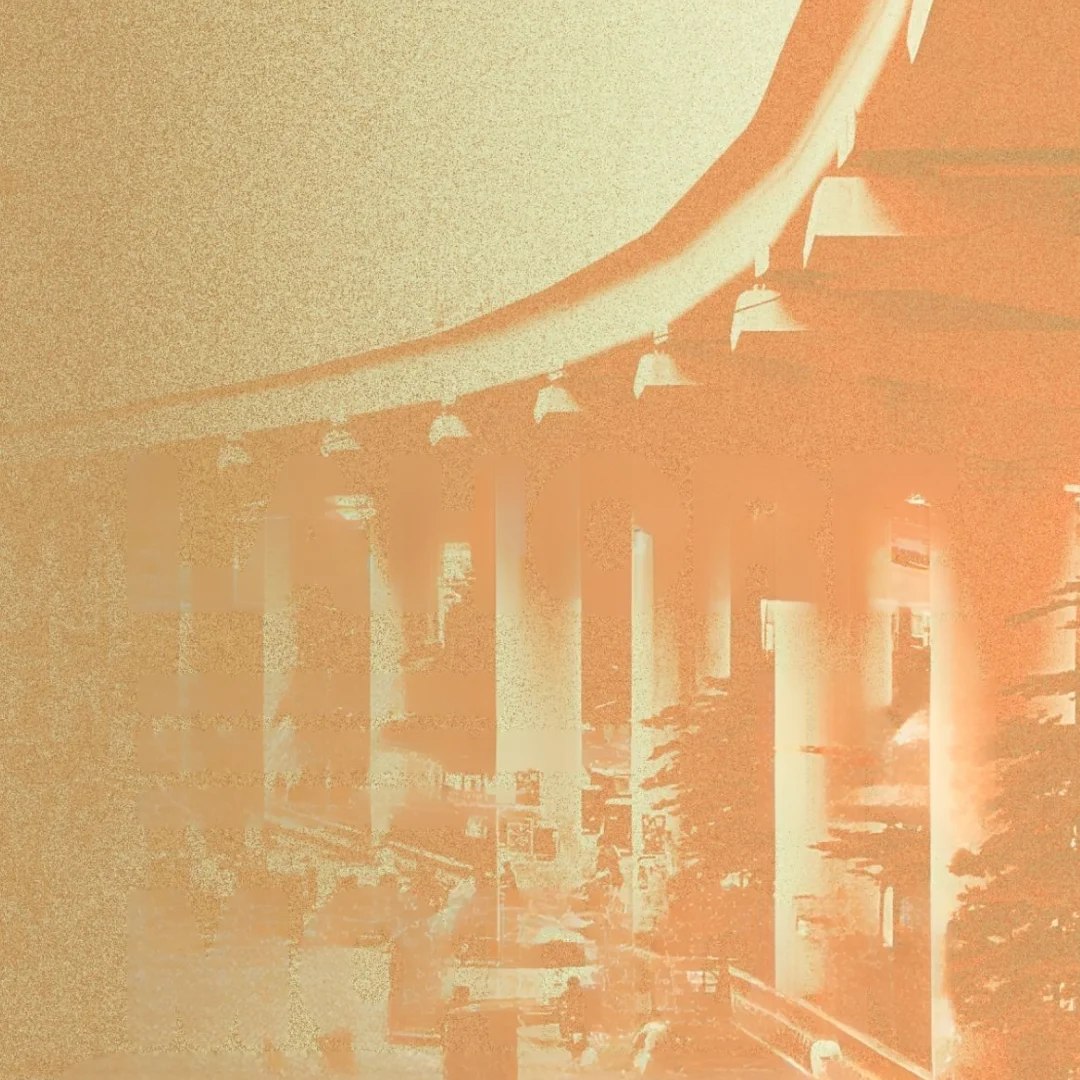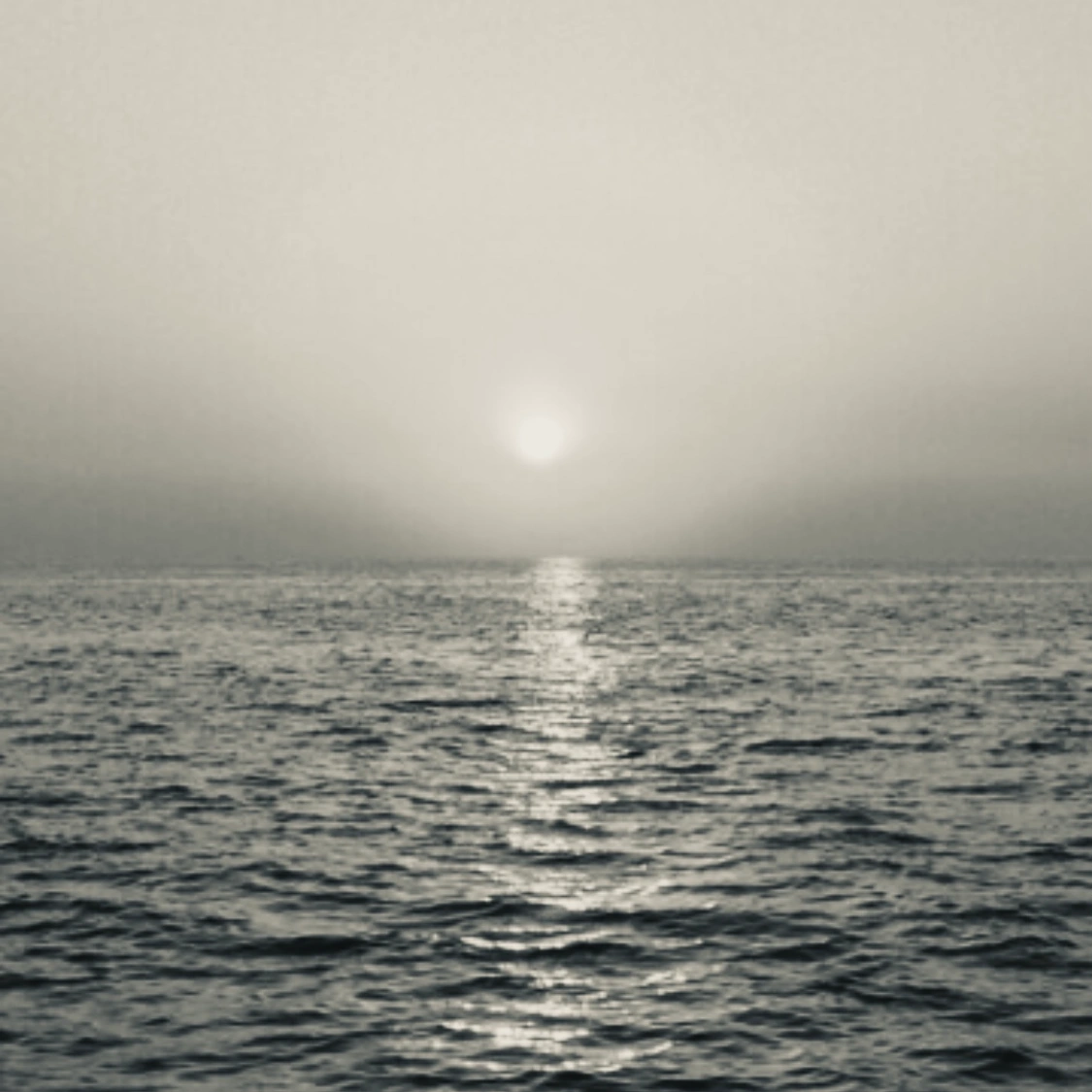I first came across Dr Manan Ahmed Asif’s work on his now-archived blog, Chapati Mystery, which documented his work as a historian-flaneur on the social, intellectual, and cultural histories of the subcontinent. Written outside his work as a professor of History at Columbia University, the blog featured a series of essays on Lahore, entitled Slow Burn, where he walked through the city, documenting his observations. With the sharp eye of a storyteller, Slow Burn, traced lived realities of the men he met and the psycho-geography of Lahore. The mohallay, bazaars and buildings featured in these essays carried stories of the city’s pluralistic past, now forgotten and neglected, a similar pattern observed across the border in India.
These essays were a probing and a hint into what and how Asif was looking and writing about the city almost a decade prior to Disrupted City being published. Some of these accounts made it to this book, alongside a whole range of new ones.
When Disrupted City was published a year ago, I had been taking regular walks every weekend with a local start-up, Lahore ka Ravi, rather than with the curated colourful, ‘exotic’ heritage walks of Walled City’s administration. At every monument and every trail, I was reminded of Asif’s wondrous blog posts about his walks. Of how he meandered through cities, many times without a map or a guide, in search of being found by Khizr, a fabled figure in travel lore. In one of his blog posts on Lahore, he writes: “I thought I met Khizr. More likely, I found a new way of walking. Following hints, barely visible pathways, I try only to keep my sense of direction overpowered by my desire to get lost.”
Disrupted City is a longue durée of a city—a spatial and psycho-geographic endeavour. Asif takes us on a walk through the city and its archives, a walk which is non-linear and meandering, as one does when you’re a flaneur, also as one does when you’re a historian of a city that you are investigating temporally. It is an evocative and deep examination of Lahore’s thousand year old historiography, and explores in detail the origin myths and archives that form the scaffolding of the nation-making project of Pakistan, and how they are linked to the knowledge production of the colonial state. He looks at this through the lens of walking in one of the oldest cities of the subcontinent, one that has seen pre-colonial pluralistic coexistence, followed by seeds of segregation instilled to divide and rule by the colonial state.

These distinct identities were not only used by the colonial state, but were later adopted by the Muslim League and the Indian National Congress during the independence movement to create the nation states of Pakistan and India based on these singular identities of Muslim and Hindu. The nation state replicated the knowledge production methods of the colonial state, planting the seeds of segregation even after partition. In the absence of credible origin stories and access to archives, this division led to two distinct narratives that each nation adopted for itself.
Despite this grand rearranging and deliberate erasure, the administrations could not do away with what makes any place a city or a home. What is and was Lahore? How has it changed in its thirteen disruptions? These are questions Asif ponders. Where are the inhabitants who once lived and loved in this city? The remaining mandirs and gurdawaras have not largely been systematically destroyed, instead they have suffered a worser fate, having been left forgotten, neglected and written out of history, as if they were never there. We are left to ask if the conservationists are also to blame. Asif doesn’t answer us directly through names, but the conscious remaking of this post-colonised city, its monuments and its historical myths and festivals tells us how heartbreaking a remaking can be.
Disrupted City is a longue durée of a city—a spatial and psycho-geographic endeavour. Asif takes us on a walk through the city and its archives, a walk which is non-linear and meandering, as one does when you’re a flaneur, also as one does when you’re a historian of a city that you are investigating temporally.
Towards the end of his book he writes, ‘... many Lahores are not in this book, although I spent years learning about them. Their absence, like a darker shadow, brings these Lahores into relief’.
However, it was not just the past inhabitants and forgotten monuments that show the contours of what is missing. Lahore is now an unwalkable city like most postcolonial metropolises, Asif reaffirms throughout Disrupted City. The nature of this is gendered, but even in his privilege as an able-bodied, Punjabi, Sunni man, he faced difficulties in claiming space within the metropolis. The public infrastructure for walkable cities, such as pavements, and street lights, was disrupted by the introduction of another layer of topography: security and surveillance. This new infrastructural dimension is found in checkpoints and barbed wires that became ubiquitous after the suicide bombing attacks in the late 2000s, leaving the city more inaccessible.
Asif’s Lahore, though, is one of sound and silence, absence and presence, forgetting and remembering. To me, Disrupted City is the author’s love letter to Lahore. For how else do you explain the many Lahores that he encounters and loves? It is only in a certain variety of love that one looks at a place with such longing and melancholy, as he does, but also without overlooking the many problems it has.
Asif uses the framework of Shahr-e-Ashob, a Persian genre of poetry where the poet laments and writes small quatrains with details about the city, particularly its people. Disrupted City, then, becomes part elegy and lamentation, part historical, replete with stories of historians and revolutionaries, poets and novelists, as well as ordinary citizens. He is clear from the start and reminds us again towards the end about which Lahore, out of the many Lahores he has encountered over the years in his research, the book focuses on. His intention is to tell the story about the ‘self-city-citizen triad, caught in the vortex between memory and history’. His leitmotif, borrowed from Suleri’s version of Lahore, is about forgetting and remembering.
Through its short forty odd chapters we walk beside Asif and are reminded of or introduced to archives, books, monuments, historians, poets, figures, and personal memories. In their own words, we look into the lives of NGO workers who sell books about magic as a side business; young Afghan refugees who are mechanics and want to capture a jinn at the Ravi; cemetery workers and printers of books and posters. There are also encounters with modern preachers for the elite; guards at shrines; and even a Marxist surkha who reads out Punjabi poetry and walks us to the canal tributary of the Ravi, where the factories dump their waste. The range of these storytellers is satisfying but then Asif in a Calvino-esque manner reminds us of the many invisible Lahores within the confines of this one geographical metropolis.

Disrupted City is part of Asif’s broader academic body of work which has consistently challenged majoritarian narratives embedded in the histories and archives of the sub-continent. His focus has been to expose how histories of co-existence and plurality have been deliberately and systematically erased and sanitised by both the colonial and the postcolonial nation-state projects. Two of his previous books A Book of Conquest and The Loss of Hindustan, also examine these themes to present that the origin stories in our archives are not innocent, and are conscious acts of knowledge production that have fuelled nationalist ideologies in both post-colonial nation states of India and Pakistan.
In Meatless Days, Sara Suleri writes about a girlhood friend from her time in Lahore who used to ‘comb the city for pockets of unfamiliarity’ in search of calm, only to find that the ‘monuments of greater- and lesser-known Lahore… hold the gesture, and then disappear’.
While reading Disrupted City, there were times that I longed for the poetics of wandering, of wonder at stumbling across something unfamiliar. Asif’s narratives offer these, but through his narratives as an academic flaneur. Although, from the outset we are aware of entering into dense academic wandering and knowledge production, the city itself becomes a vessel of wonderment. In chapters where we encounter sublime ‘pockets of unfamiliarity’ of the kind Suleri talks about, we pause and breathe while reading, knowing that Asif wrote this luminous offering not just for the lovers of this city, but also for its students and archivists, or as a corrective for the decades of history making by the state. With Asif as Khizr, we walk through Lahore and we walk away, rather step away, from the book with a rerouting of the paths that have been etched into history and our minds.
All photos courtesy of the author.





